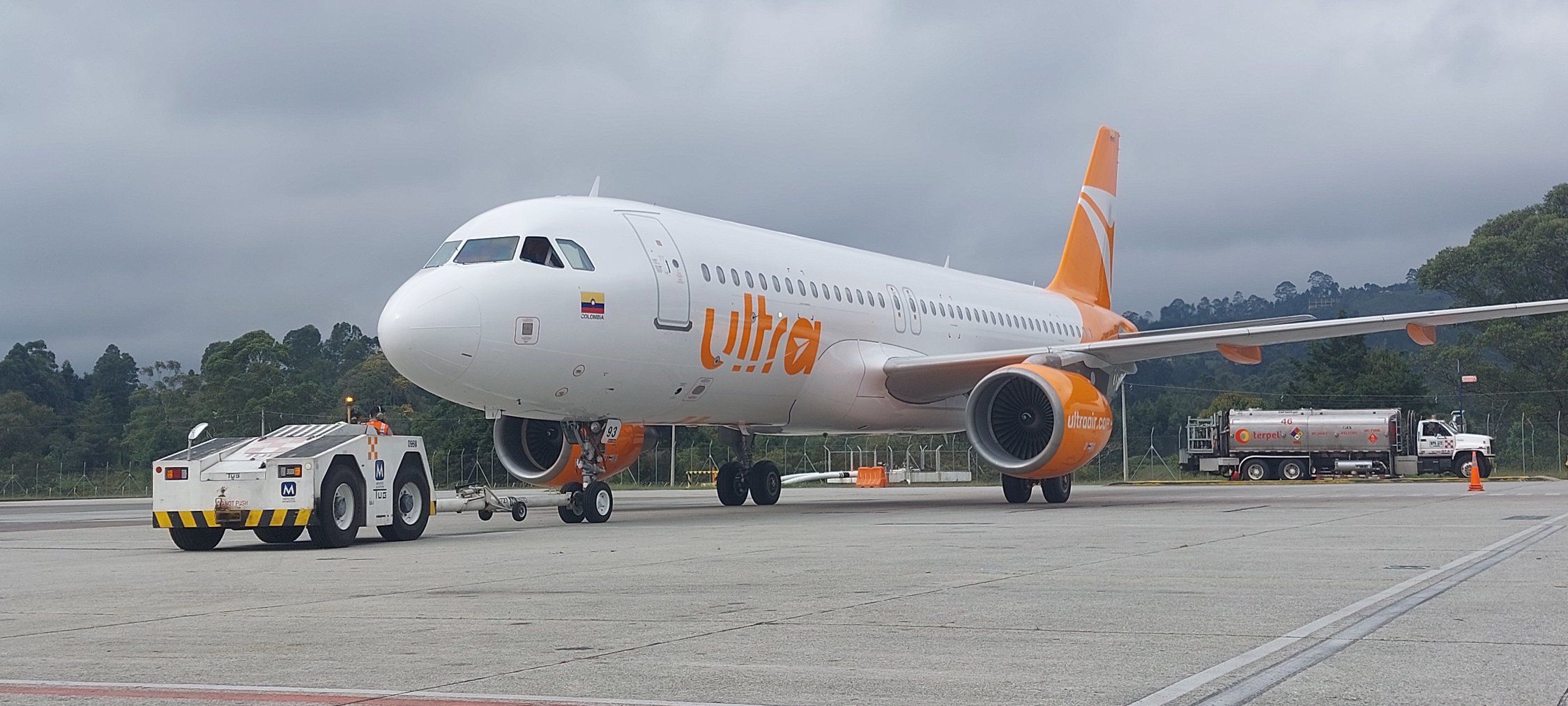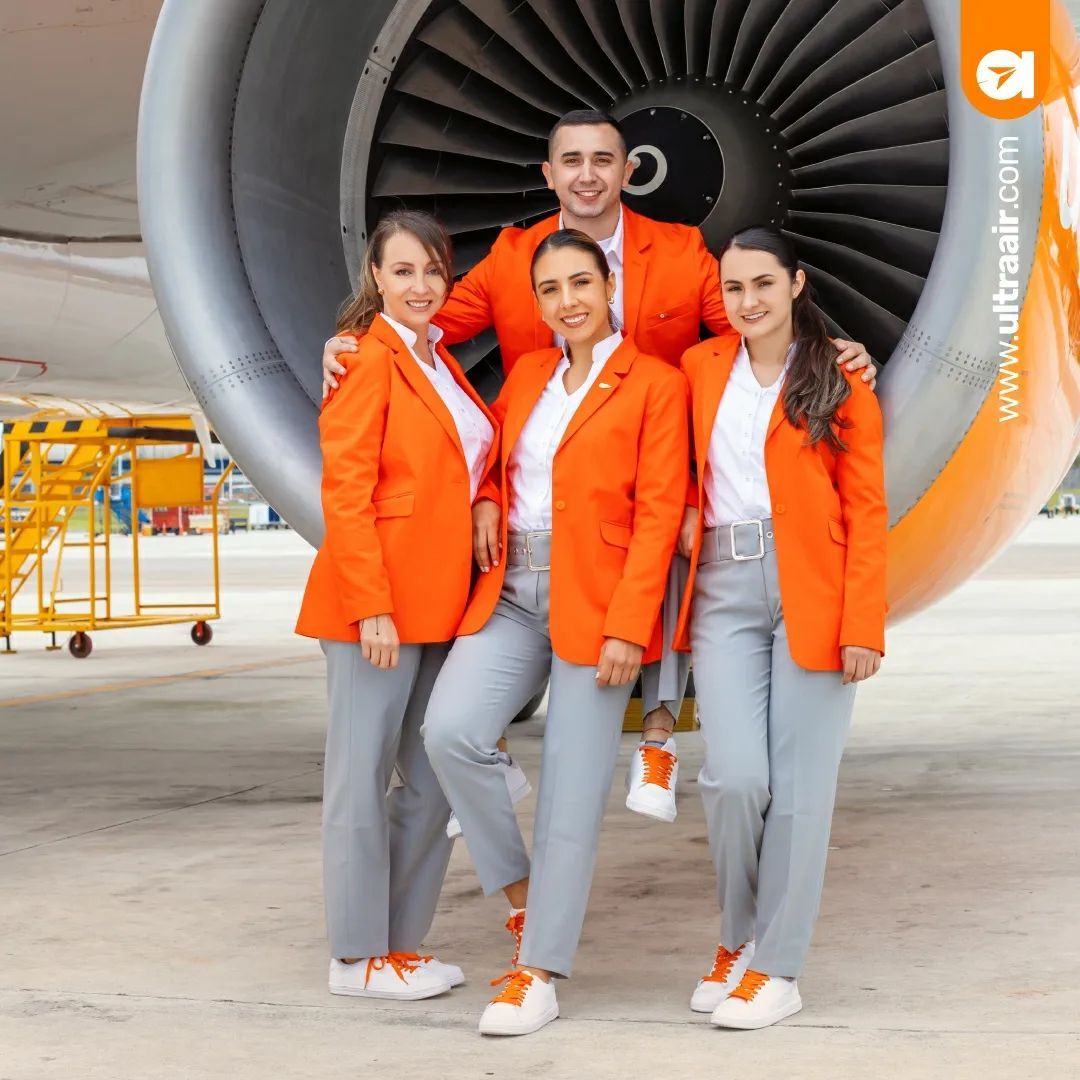Most female flight attendants across the world work onboard commercial flights while wearing heels. But that will not be the case for a new South American carrier that is set to change that requirement.
No heels in Ultra Air
We are talking about the Colombian startup, Ultra Air. The new airline, which launched its flights a few days ago, is not requiring female cabin crew to use high heels while onboard the airline’s commercial flights.
Instead, they are using regular sneakers, as can be seen on promotional photos published by the airline as well as tweets by Ultra Air’s first clients.
The airline stated that Ultra Air’s decision not to command its female cabin crew members to use high heels while onboard a commercial flight is related to safety and comfort. It is not the same to work several hours a day using heels than sneakers, let alone it is not the same when there’s an emergency onboard, and cabin crew members try to evacuate an aircraft.
A few days ago, Ultra Air held its first flight departing and landing at Medellín’s José María Córdova International Airport. Ultra Air is looking to be a low-cost carrier competing directly with other airlines in the region, particularly Viva and Avianca.
The new airline in the block
Ultra Air’s objective is to dynamize the Colombian aviation market, create new jobs, and democratize air transportation and tourism access. The airline is looking to carry more than 2.5 million passengers in its first year of operations. It will be a difficult task as Ultra Air will start only with a fleet composed of five Airbus A320ceo aircraft with a capacity for up to 180 passengers.
Ultra Air will begin with a series of domestic flights before exploring the international connectivity across Latin America. The new carrier already has permission to fly to countries like Mexico and the Dominican Republic.
Launching an airline in South America is not an easy task. Last year, Brazil’s Itapemirim Transportes Aéreos launched and ceased operations within less than six months. The airline had plans to become one of Brazil’s leading carriers, with a low-cost model, but failed. There were more startups across the region looking to begin operations but failing to do so.
Medellín and Bogotá
Ultra Air will begin flying using Medellín and Bogotá as their main hubs. From Medellín, the airline will fly to Bogotá, Cartagena, and Santa Marta. Meanwhile, from Bogotá, it will fly to Cali, Cartagena, Santa Marta, and San Andrés. The airline will also operate a couple of flights from Pereira to Cartagena and Santa Marta.
In the future, Ultra Air already has its sights set upon eight international destinations: Mexico City and Cancún in Mexico, Miami and New York in the United States, Punta Cana in the Dominican Republic, Quito in Ecuador, Aruba, and Curaçao.
Finally, Ultra Air is looking to increase Colombia’s aviation market, similar to what Viva Air has done since 2012. When Viva launched operations, the domestic market grew from 12 million passengers per year to 27 million. Ultra Air believes it could help the country get to 50 million travelers annually, getting a 22% market share in Colombia along the way, at least.
Would you like to travel on Ultra Air? What challenges do you see for the startup airline? Let us know in the comments below.


